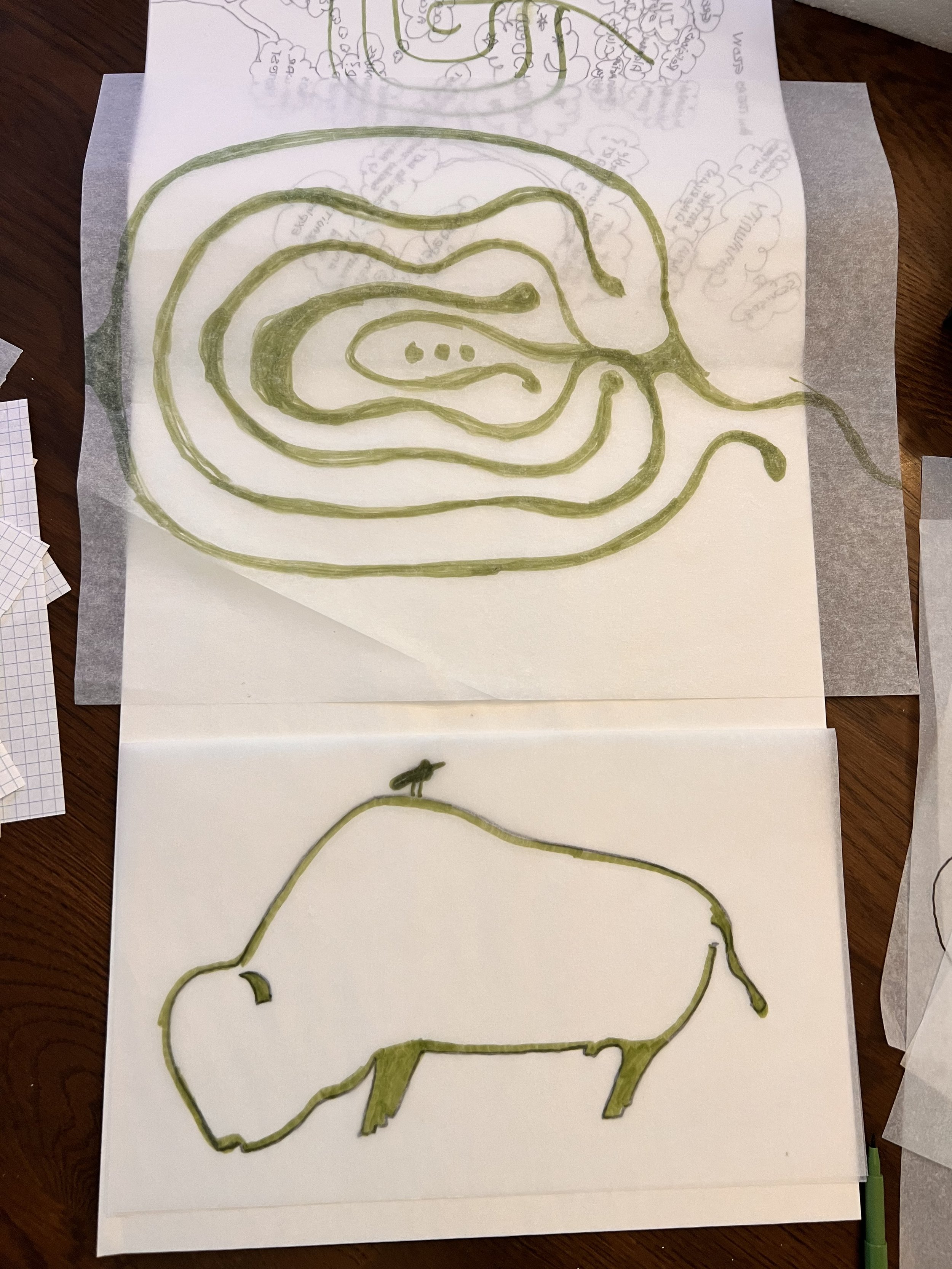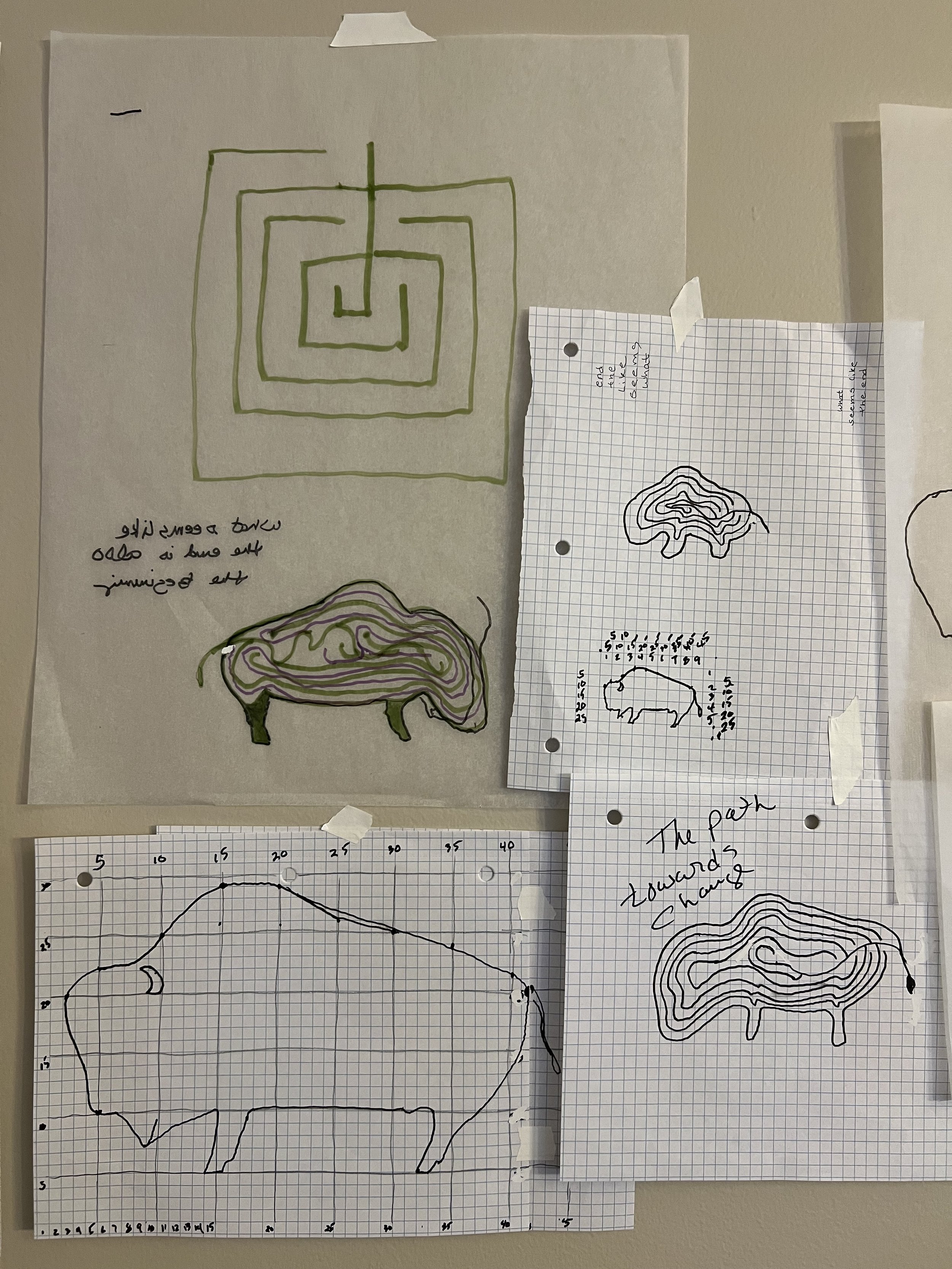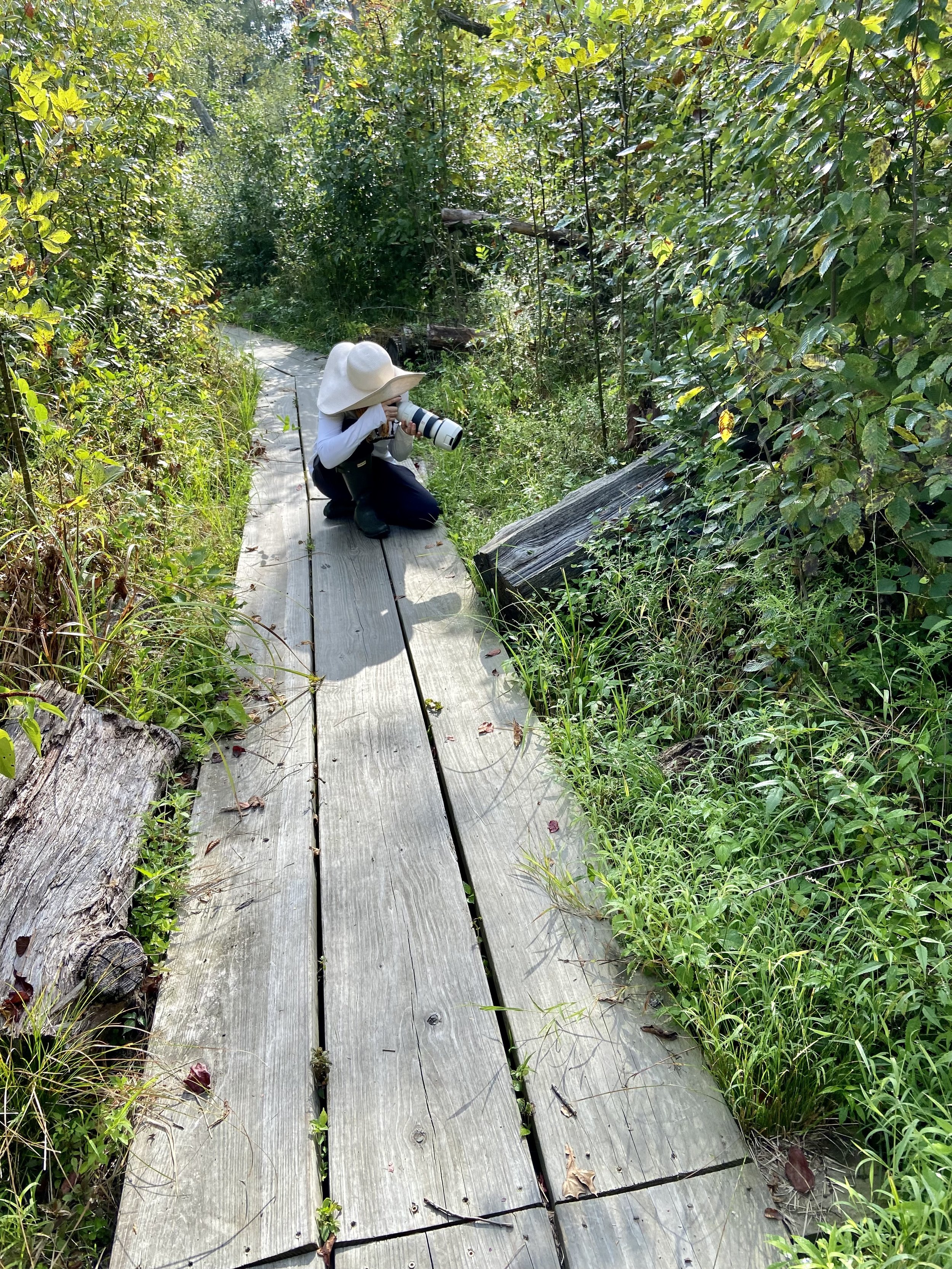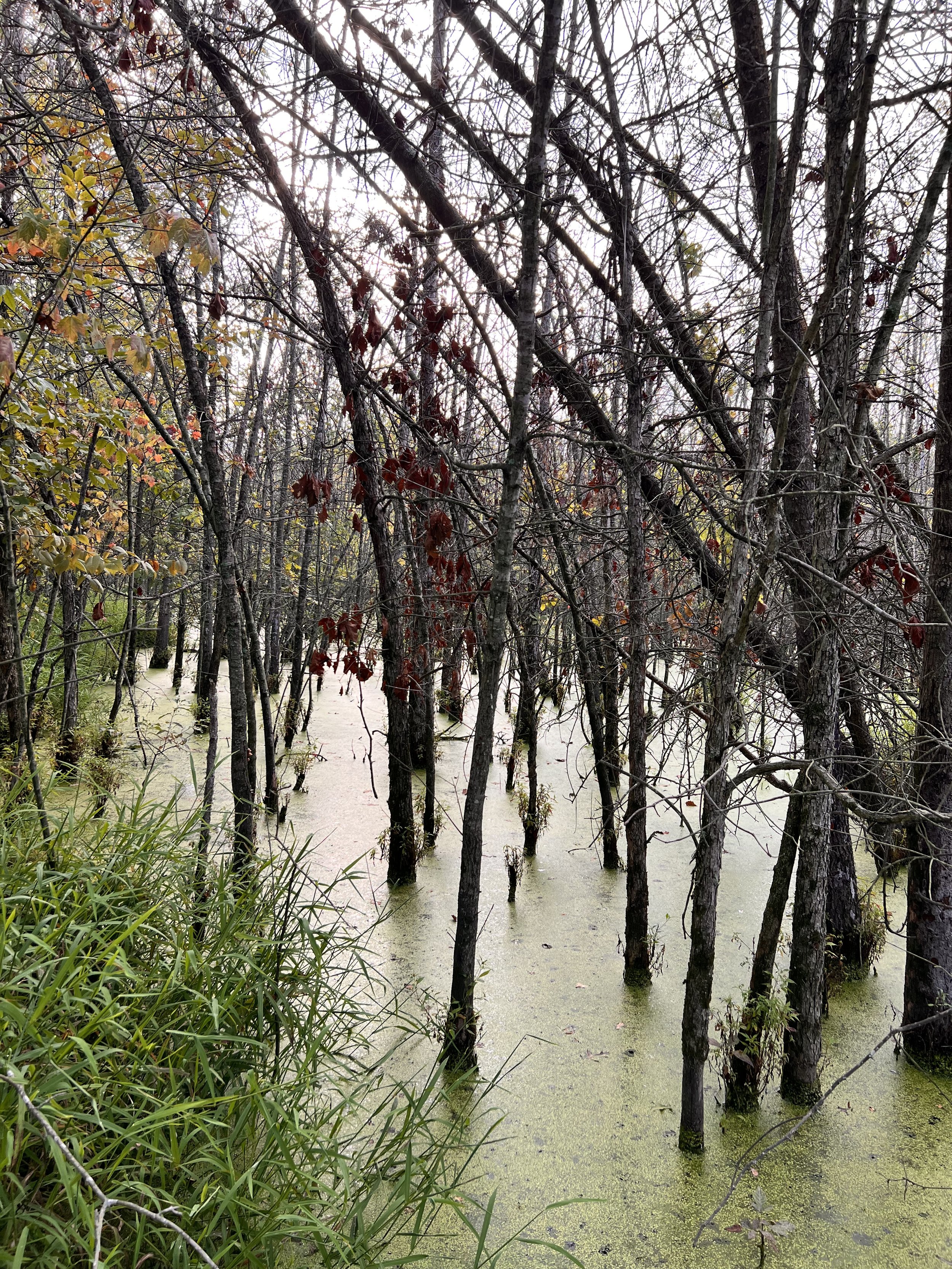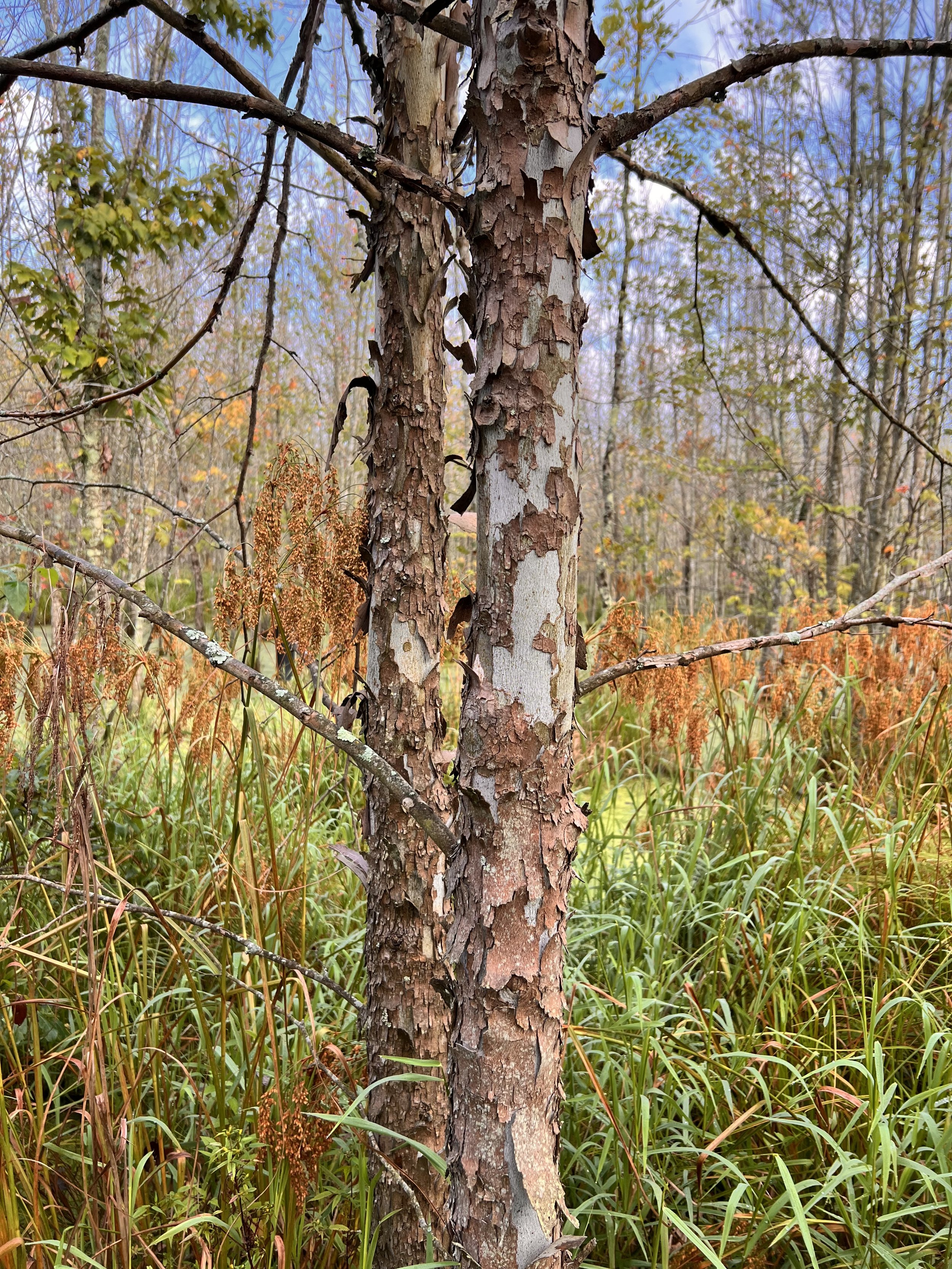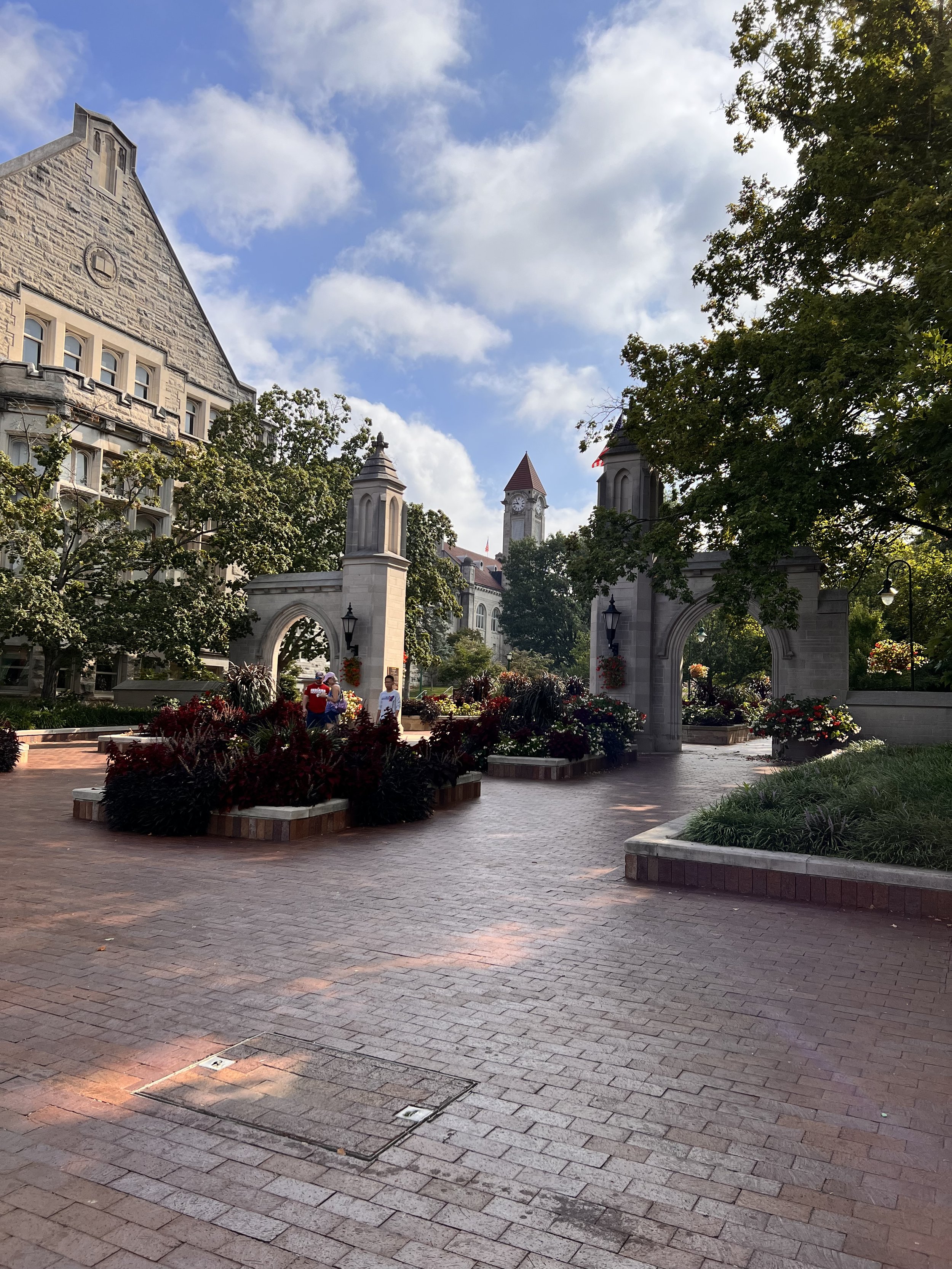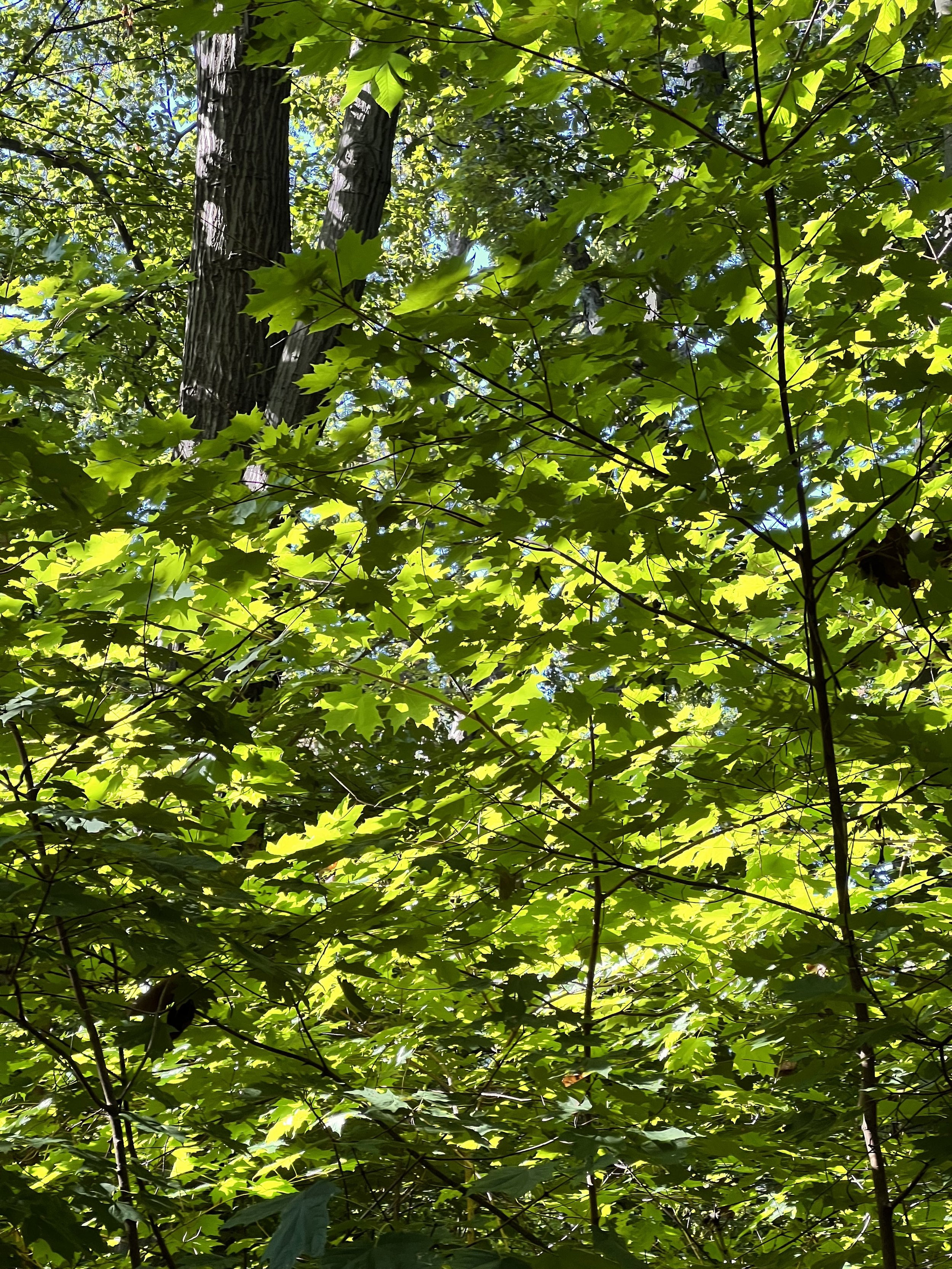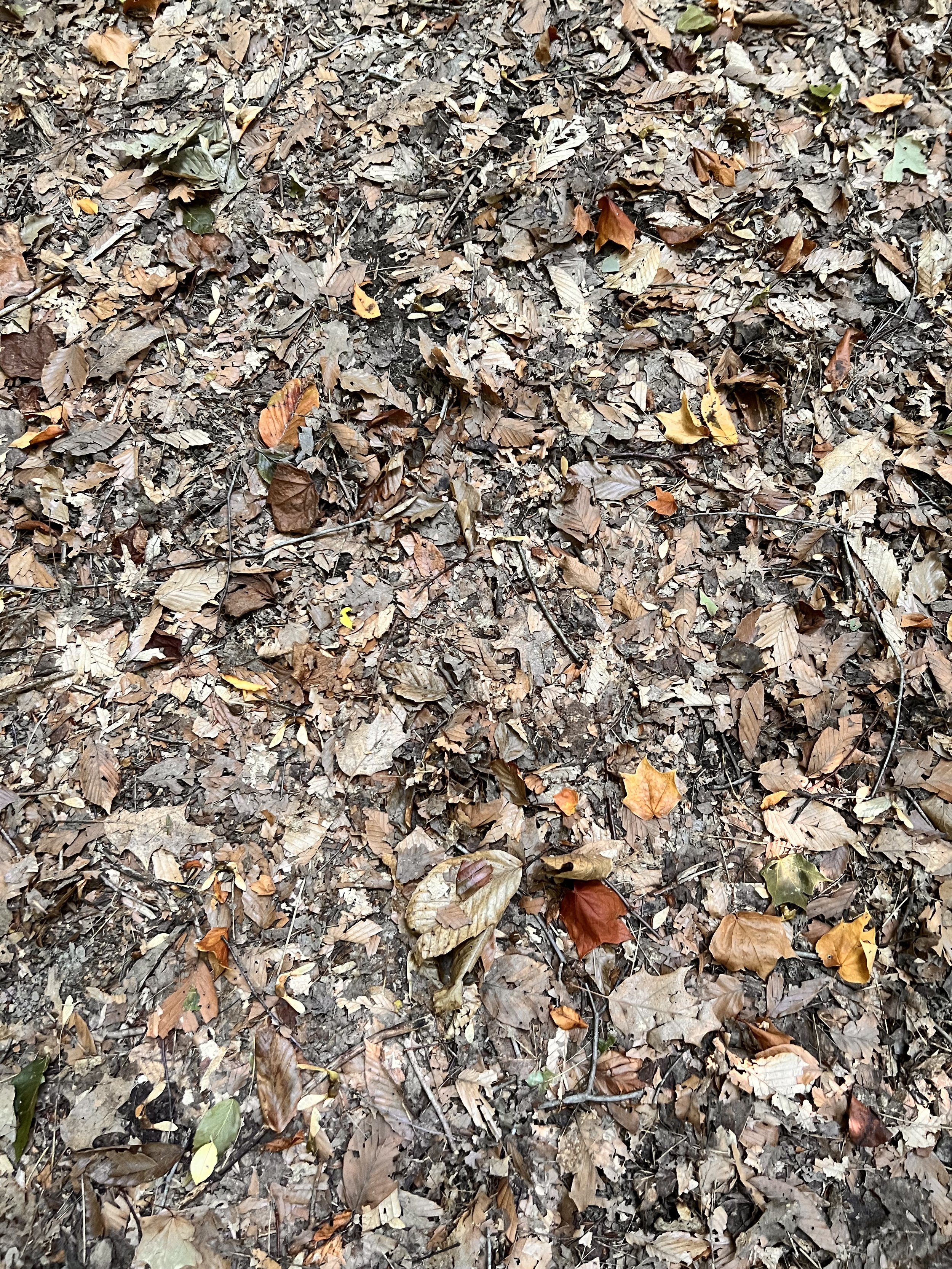I wrestled with this question. There was not anything in either of Kurt Vonnegut’s books that inspired me. I do feel he wrote about what he knows and my work should be true to my own heart. A list of the obvious came to my mind- butterfly, chrysalis, beatle, seed, flower, IU letters…….
After a full day at the Eskenazie Museum on IU’s campus I was intrigued by this piece.
The museum label read-
According to traditional Bamana beliefs, an energy or force called nyama animates the universe. Objects such as this boli are made to harness that energy and use it for the benefit of the community. The thick, crusty surface is the result of offerings such as millet, other vegetal matter, beer, and chicken or goat blood, all of which are applied to attract nyama and serve as physical evidence of its presence. A boli does not represent a particular creature.
It is kind of perfect., should I make another bison? Can I make a Boli bison labyrinth?
I can see it.
Here are the steps I took
More to come tomorrow.


